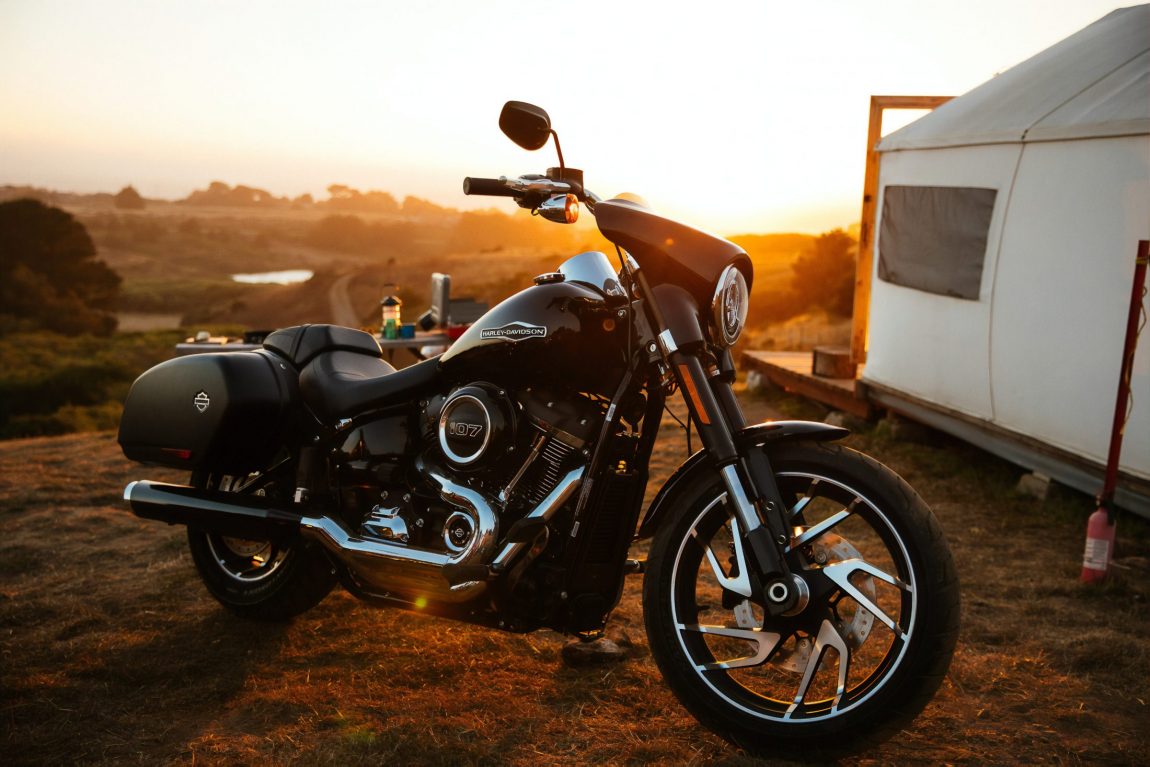- The origin of motorcycles dates back to the late 19th century, with the Daimler Reitwagen as a notable early example.
- Types of motorcycles include street, off-road, and dual-purpose, each catering to different riding needs.
- Global popularity and use of motorcycles, particularly in Asian and African countries, for their fuel efficiency and affordability.
- Safety concerns, with higher fatality rates for motorcycles compared to cars, highlighting the importance of proper training and safety gear.
- Environmental impact of motorcycles, including both benefits and challenges in emissions and fuel economy.
Historical Milestones in Motorcycle Development
The Inception of Motorcycles
- 1885 Daimler Reitwagen: Recognized as the first motorcycle, this innovation by Gottlieb Daimler and Wilhelm Maybach marked the beginning of motorcycle history.
- Butler Petrol Cycle: A notable early design by Edward Butler, showcasing advancements like a flat twin four-stroke engine.
Pioneers in Motorcycle Manufacturing
- Hildebrand & Wolfmüller (1894): The first series production motorcycle and the first to be termed as “motorcycle.”
- Early Mass-Production: Triumph Motorcycles began mass production in 1898, followed by other brands like Royal Enfield, Norton, and Harley-Davidson.
World War Contributions and Postwar Evolution
- World War I: Motorcycles were extensively used for communications and reconnaissance.
- Post-War Developments: Innovations in design and engineering led to improved performance and comfort.
Motorcycle Types and Their Uses
Exploring Different Categories
- Street Motorcycles: Including cruisers, sportbikes, and scooters, these are designed for paved roads.
- Off-Road Motorcycles: Built for dirt tracks and uneven terrain.
- Dual-Purpose Motorcycles: Combining features of both street and off-road bikes for versatility.
Design and Ergonomics
- Each type offers a unique riding posture, affecting the rider’s comfort and the motorcycle’s performance.
Safety Measures and Regulations
Enhancing Rider Safety
- Advanced rider training programs and safety campaigns aim to reduce accidents and promote responsible riding.
Legal Definitions and Restrictions
- Motorcycle laws vary globally, with specific regulations on licensing, safety standards, and environmental compliance.
Environmental Considerations
Fuel Efficiency vs. Emissions
- Motorcycles offer excellent fuel economy but face challenges in reducing emissions, especially in older models.
The Shift Towards Greener Alternatives
- Increasing interest in electric motorcycles as sustainable transport solutions.
The Future of Motorcycles
Technological Innovations and Trends
- The rise of electric motorcycles and continuous advancements in safety and performance features.
The Role in Modern Transportation
- Motorcycles remain a popular choice due to affordability, fuel efficiency, and adaptability to various terrains and uses.
This comprehensive guide on motorcycles covers their evolution, types, safety measures, and environmental impact. From the inception of the Daimler Reitwagen to the latest electric models, motorcycles have significantly evolved, serving various purposes from daily commuting to off-road adventure. Understanding their history, types, and the importance of safety and environmental considerations provides valuable insights into their role in modern transportation.





